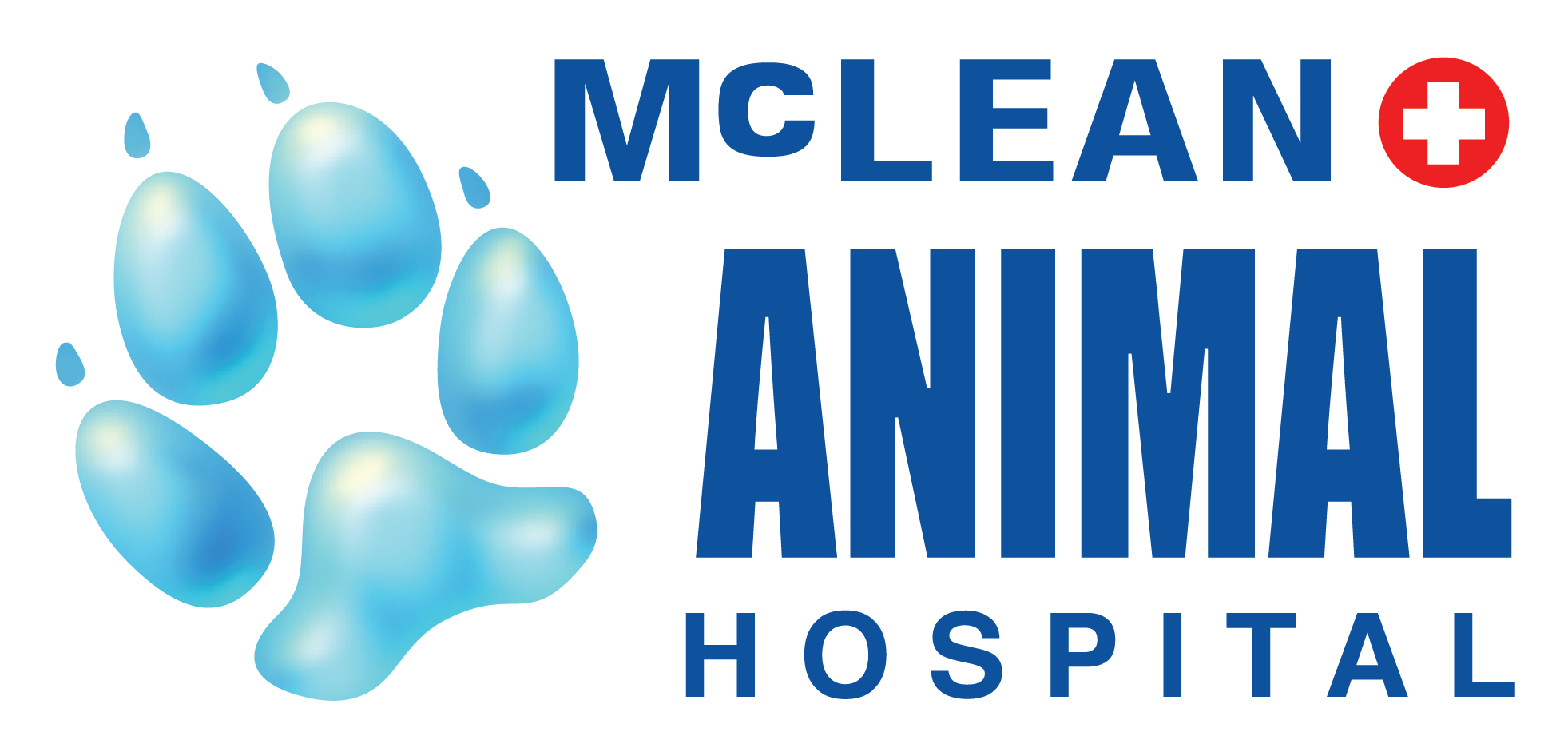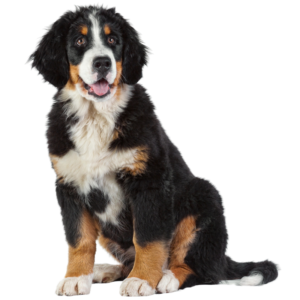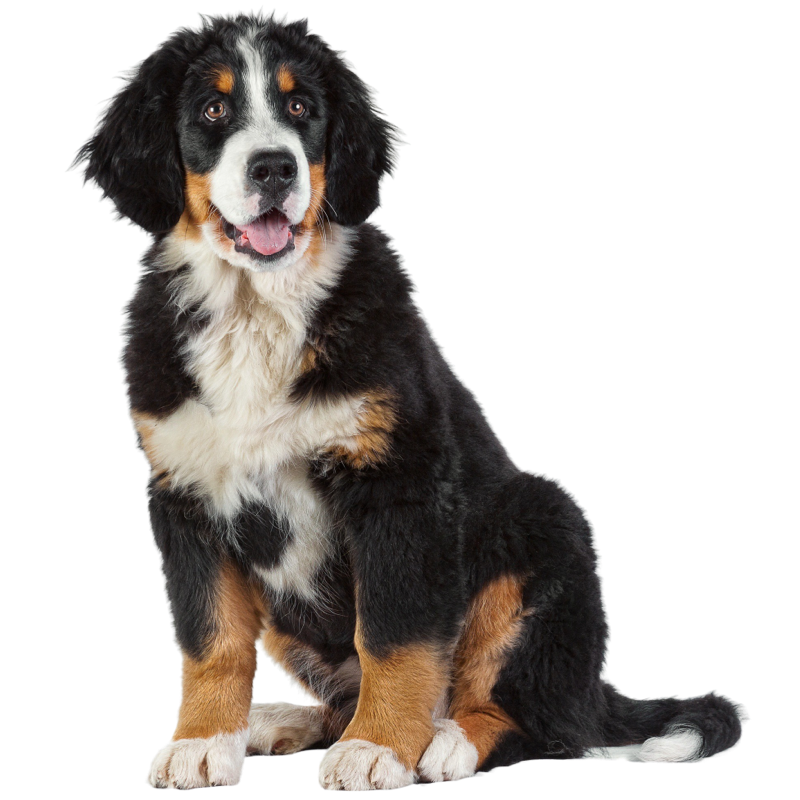“What’s that smell?” This is a common phrase said by many dog owners. If you have ever experienced a pungent fishy smell coming from your dog, it’s likely they have expressed their anal gland. Dogs and cats have two anal glands, which are situated at the opening of the anus. Their purpose is to provide lubrication when passing stool, and to release an individualized scent. Many different diseases can occur to the anal gland such as infections, impactions, cancers and inflammation. Common symptoms of anal gland disorders are scooting, reluctance to sit, blood in the stool, or visualizing a firm red swelling at the opening of the anus. Cats are less often affected by anal gland disorders than dogs are.
Should I drain my dog’s anal glands at home?
No. It is important to have a trained professional such as a veterinary technician or veterinarian, express your dog’s anal glands. Too frequent and/or improper expression of the glands can lead to unnecessary trauma. Over time this can lead to chronic disease of the anal sac. In addition, if the anal gland is infected or impacted, expression can be quite painful and require pain management and/or sedation. Your healthcare team will be able to identify any pathology before an expression is performed, in order to do what is right for your pet.
If my dog scoots on the carpet a lot, does this mean their anal glands are impacted?
Scooting can be caused by a number of different conditions, one being anal gland impaction.





